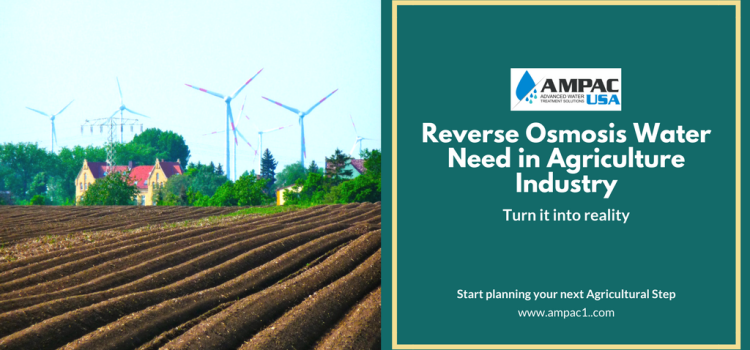Most of us are aware of the fact that 70 percent of planet earth is covered with water. Due to this, some people find it difficult to believe that the world is actually facing a water scarcity crisis. What such people fail to realize is that just three percent of world’s water is fresh and suitable for drinking, bathing, cooking, irrigation and other such uses. Even two-thirds of that water is unavailable for use for various reasons like it is tucked away in frozen glaciers.
The Hard Facts
It is a fact that about 1.1 billion people across the world lack pure water and over 2.7 percent have to deal with its scarcity for at least one month every year. More than half of wetlands of the world have vanished and natural sources like rivers, aquifers, and lakes are becoming dry or too polluted to use. As per an estimate, about two-thirds of world’s population will have to face water shortages by 2025.
Impact of Climate Change
No Rain
Climate change is one of the core reasons for the scarcity of water. Earth is already one of the hottest planets and climate change is increasing the heat to new levels. A phenomenon called Hadley Cell Expansion is forcing clouds to move away from the equator and become closer to the poles. Due to this, equatorial regions like the Middle East, Sub-Saharan Africa and Central America are deprived of rainwater.
More Floods
More than 21 million people across the world are at risk of river flooding thanks to rising precipitation which is another side effect of climate change. By 2030, the number of people at risk could be as high as 54 million. Water is a great destroyer and these floods often lead to massive deaths and a lot of destruction of property.
Groundwater Depletion
Groundwater depletion is another thing to worry about. Humans are using groundwater for the purposes of drinking, farming, and industrial use. What they fail to realize is that once this water is depleted, it is nearly impossible to increase these levels again because the rate of replenishment is far lower than the rate of depletion. As it is quite tough to measure the rate at which groundwater is being depleted, most people fail to realize how severe this problem is.
Mounting Waste
Wastage of this precious resource is also growing at an alarming rate thanks to inefficient practices like flood irrigation and wet cooling at thermal power plants. Humans also have the bad habit of releasing wastewater into fresh water sources like rivers without treating the same (about 80 percent). The result, rivers, and lakes are not as pure as they used to be. They also need to be cleaned regularly!
Rising Temperature Levels
Since the 1970s, the global surface temperature has risen at an average rate of around 0.3° Fahrenheit or 0.17°C. In 2016, it was 1.69°F or 0.94°C while in the 20th century it was at an average of 57.0°F or 13.9°C. It had surpassed the record warmth of 2015 by 0.07°F or 0.04°C. According to predictions, the global surface temperature would be over 0.9°F or 0.5°C by 2020.
A Simple Solution
Though there is a need to take many steps to save this rare resource and reduce the impact of climate change on its scarcity, one of the solutions that might actually work is the adoption of solar power water systems as they make use of the solar power to operate and have the capacity to get rid of all contaminants. When seeking the best products in this regard that meet your household, commercial and industrial needs, trust AMPAC USA. We are a leader in providing solar powered reverse osmosis and seawater desalination systems that make this precious resource more useful without rising your power bills. Contact us for more!
Sources










